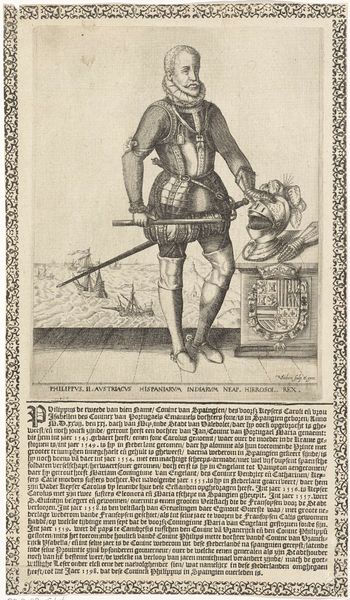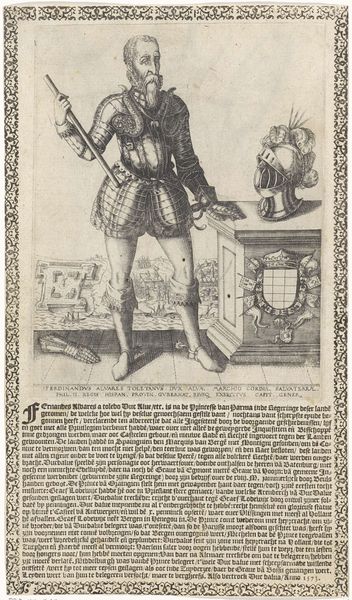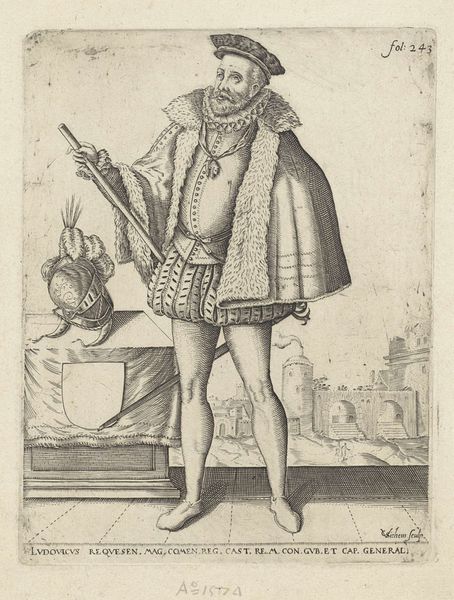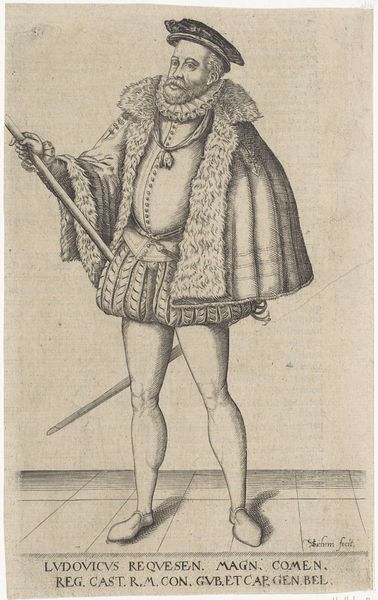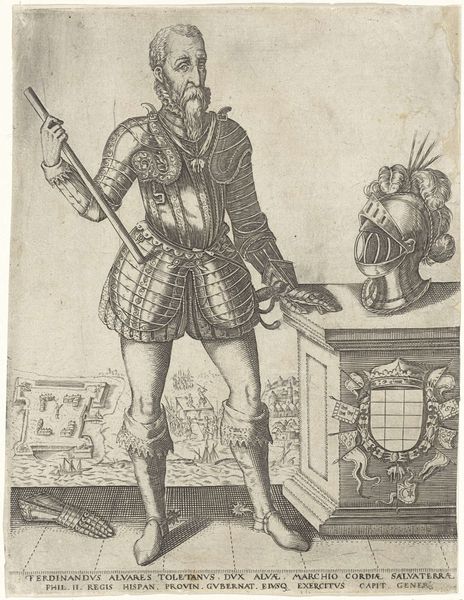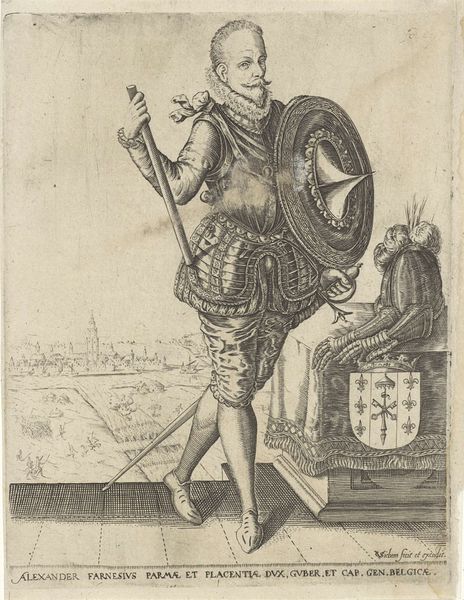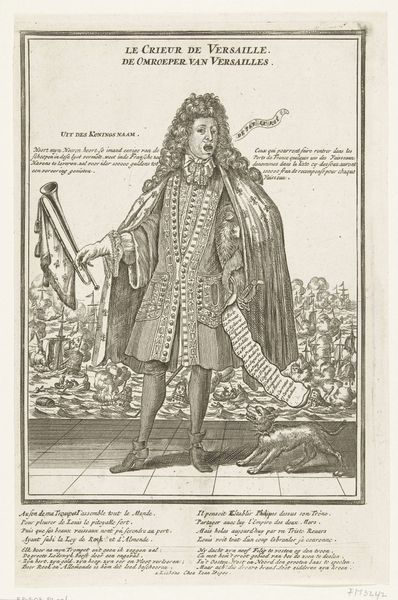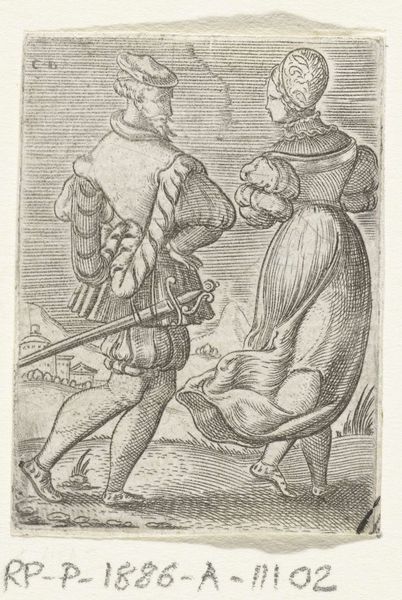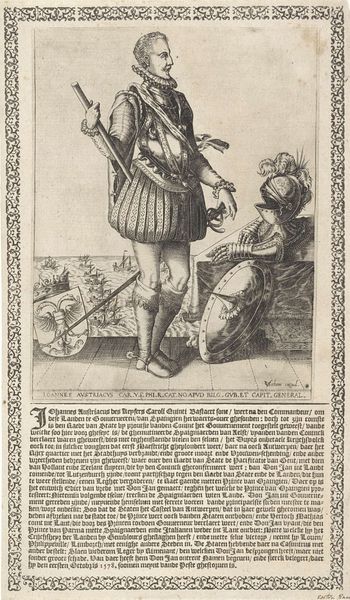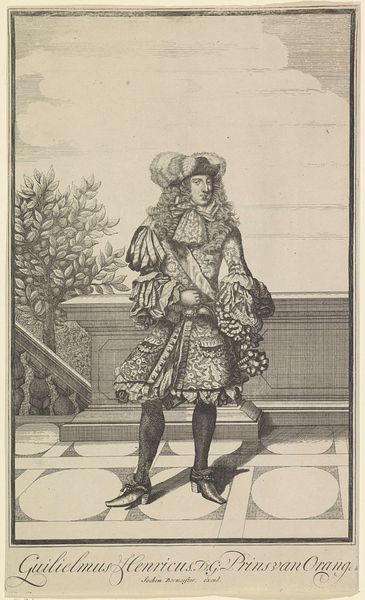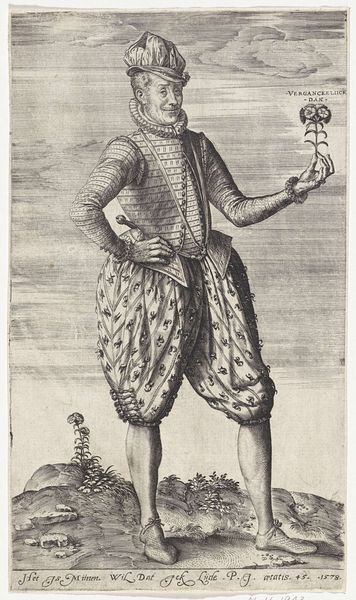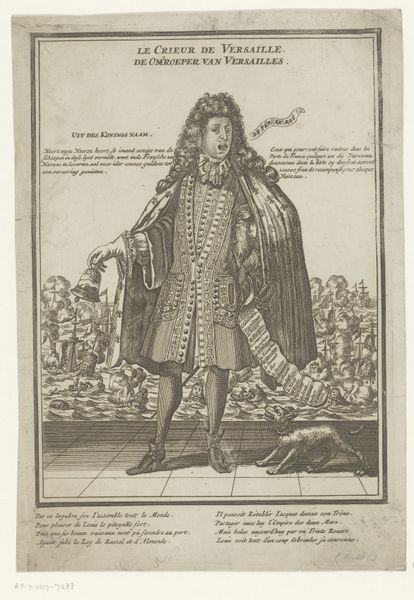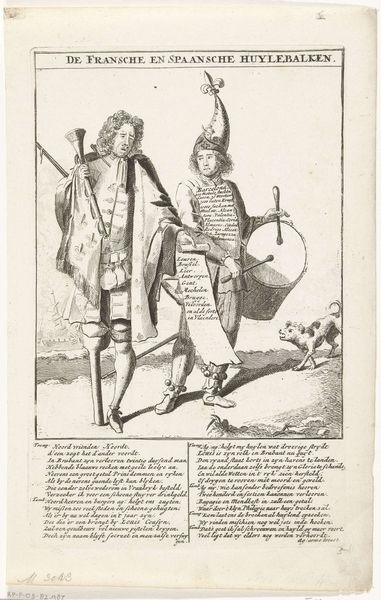
print, engraving
#
portrait
# print
#
11_renaissance
#
history-painting
#
engraving
Dimensions: height 188 mm, width 145 mm, height 294 mm, width 168 mm
Copyright: Rijks Museum: Open Domain
Curator: This is "Portret van Don Luis de Requesens y Zunega," a portrait of Don Luis de Requesens y Zunega. It was created by Christoffel van Sichem I, sometime before 1611, and it’s currently held at the Rijksmuseum. It's a fascinating example of Renaissance engraving on paper. Editor: Immediately, the black and white, the formality of the pose, give it a sense of austere power. He looks like he’s holding court. It projects control and confidence but within the black and white is this feeling of somberness or maybe seriousness is a better word. Curator: Requesens was a prominent Spanish diplomat and military commander during a turbulent period of Dutch history. He served as governor-general of the Netherlands during the Eighty Years' War. Considering the social climate then, that explains a great deal. Editor: Knowing that history adds such depth. The figure seems almost trapped within the frame, not just physically by the printed border, but ideologically and culturally. The detailed costume is like armor almost - those bulbous shorts in particular. It becomes about gender performance and coded status doesn't it? The almost flamboyant design seems designed to signal a specific power relationship at that time. Curator: Exactly. Prints like this served an important propagandistic role. They were commissioned by those in power. Here Requesens wanted to shape and control his image. He appears with symbols of authority and nobility, next to his helmet on a draped plinth and framed by what seems to be a military defensive scene on the right behind the figure. His fur lined coat and hat are incredibly detailed and imposing, Editor: It's interesting how the inscription at the bottom anchors him in historical record too. It’s not *just* an aesthetic representation; it functions as historical documentation. This portrait feels almost like a formal declaration. But knowing who paid for what...it leads one to distrust at least somewhat what's being explicitly stated by its mere presence in the public sphere. Curator: Ultimately, it speaks to the enduring power of imagery to shape narratives and project authority in politically fraught situations. Editor: And, as you say, it reminds us to analyze both what we *see* and what power structures enabled its creation and dissemination. The engraving really embodies power in multiple senses.
Comments
No comments
Be the first to comment and join the conversation on the ultimate creative platform.
